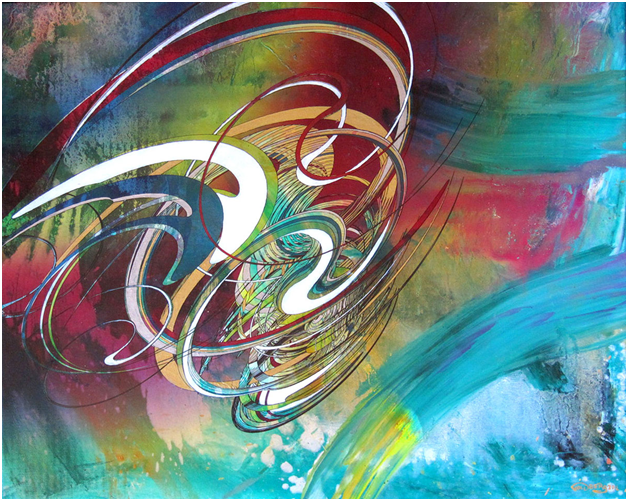Giclee is a term used in printing which is associated with fine art photography and prints produced on fine art papers. Without realising it, many of us would be able to identify a giclee print by its glossy, thick, photorealistic quality. However, not all giclee prints are glossy and not all glossy prints are giclee.
The word giclee comes from the French, gicler, meaning to squirt or spray and this essentially describes how giclee is applied to the paper. But both pigment print and giclee are applied this way further blurring the difference between the two methods. To a purist, a giclee print is produced on an IRIS printer, a large-format, continuous-tone colour printer from Eastman Kodak. However, these machines are used less and less today as newer and better printer models come to market.
Archival prints
It is also possible to distinguish between giclee and pigment printing by considering the intended use of the product. Giclee is often referred to as an archival print, meaning it is incredibly accurate in colour and will last a long time. The two important factors here are the range of colours used in a giclee versus other methods and the quality of the paper upon which it is printed. Again, however, pigment prints now match the giclee techniques for colour and quality. The choice of paper used is also up to the producer.
Surpassing the giclee
With many Giclee printing service providers like those at http://www.river-studio.com/fine-art-printing/fine-art-giclee-printing.php now using equipment like the Epson UltraChrome K4, identifying a difference between the results of giclee versus pigment printing is very difficult. The pigment printers 8 colour system has the best mid-tones and highlights available and whats more, the prints are more resistant to scratches than the traditional giclee.
While IRIS prints were acclaimed for their colour and print accuracy, modern technology has rendered this quality an expectation rather that an exception. Most people ordering a giclee art print online are going to receive a pigment print and because giclee isnt a registered trademark, this is not a misnomer. In the end, there are differences between giclee printing and pigment printing, but these differences are mainly theoretical. When someone orders a giclee print, they are referring to their expectations of quality, and these days, many pigment printers can deliver this quality.





